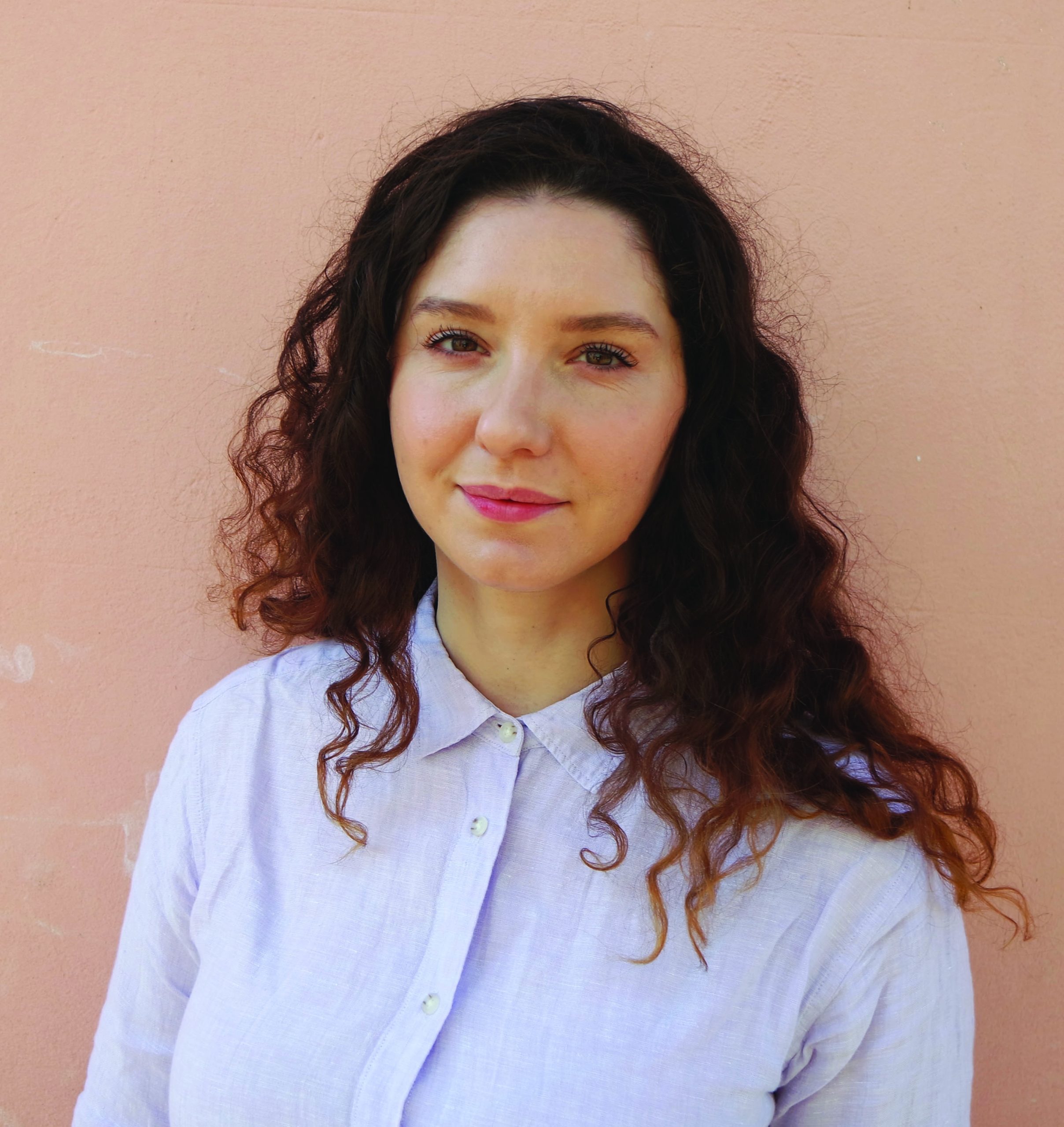

Čiurlionis, “Courez, epis dores…”, 1909
google’s translation: Run, golden ears

Čiurlionis, Viendra la nuit noire, 1909

Čiurlionis, Viendra la nuit noire, 1909
The amazing mystical paintings of M. K. Čiurlionis can be seen on wikipedia, this web gallery, and many others sites. I found these lesser-known works flipping through an exhibition catalog (Musee D’Orsay, 2001). They are his decorations for a publication of popular Lithuanian folk songs and they remind me of the india-ink works of Unica Zurn (minus her tortured faces).
Here’s a nice bio from Celestial Harmonies:
Mikalojus Konstantinas Ciurlionis–painter, composer, thinker and visionary–was born in 1875, in the southern Lithuanian town of Varena, near Vilnius. Beginning his artistic career as a composer, in his final years he additionally devoted himself to the art of painting. Doubly talented and a visionary artistic figure of the years linking the late Romantic with the Modern Age, he was one of numerous creative innovators, among them Skryabin, Schönberg and Ravel, all born in the same year. He was granted only ten years to exercise his extensive creative talents before his untimely death in 1911. Between 1899 and 1909 he produced 250 musical compositions, 150 of which were scored for solo piano, as well as 200 paintings and 80 drawings. Deep depression and exhaustion hindered him from being artistically productive thereafter.
It is the piano compositions, in particular, which have secured him posthumous fame. Following the early lyrically romantic piano pieces, he turned towards a modern style replete with constructivistic detail. In his way he anticipated the melodic form of serial music, using ostinato tone progressions embedded in flickering chromatic atonal surfaces. After about 1908 his music became atonal, strictly contrapuntal and linear, less sensuous than that of Skryabin’s.
Later generations have seen the painter–composer Ciurlionis as an aesthetic revolutionary. Some art historians argue that his works, with their mystical approach to the natural world, are examples of abstract—or at least non-figural—paintings predating Kandinsky’s own steps in that direction. A number of musicologists claim, on the other hand, that Ciurlionis used tone rows as a basis for musical composition even before Schönberg.
The French novelist Romain Rolland has perhaps found the most fitting words for the greatness and universality of this unique artist: “It is hard to describe how strongly I am moved by this remarkable art, which has not only enriched the world of painting but also widened our horizons in the area of polyphony and musical rhythm. Ciurlionis was the Christopher Columbus of a new intellectual continent.”



